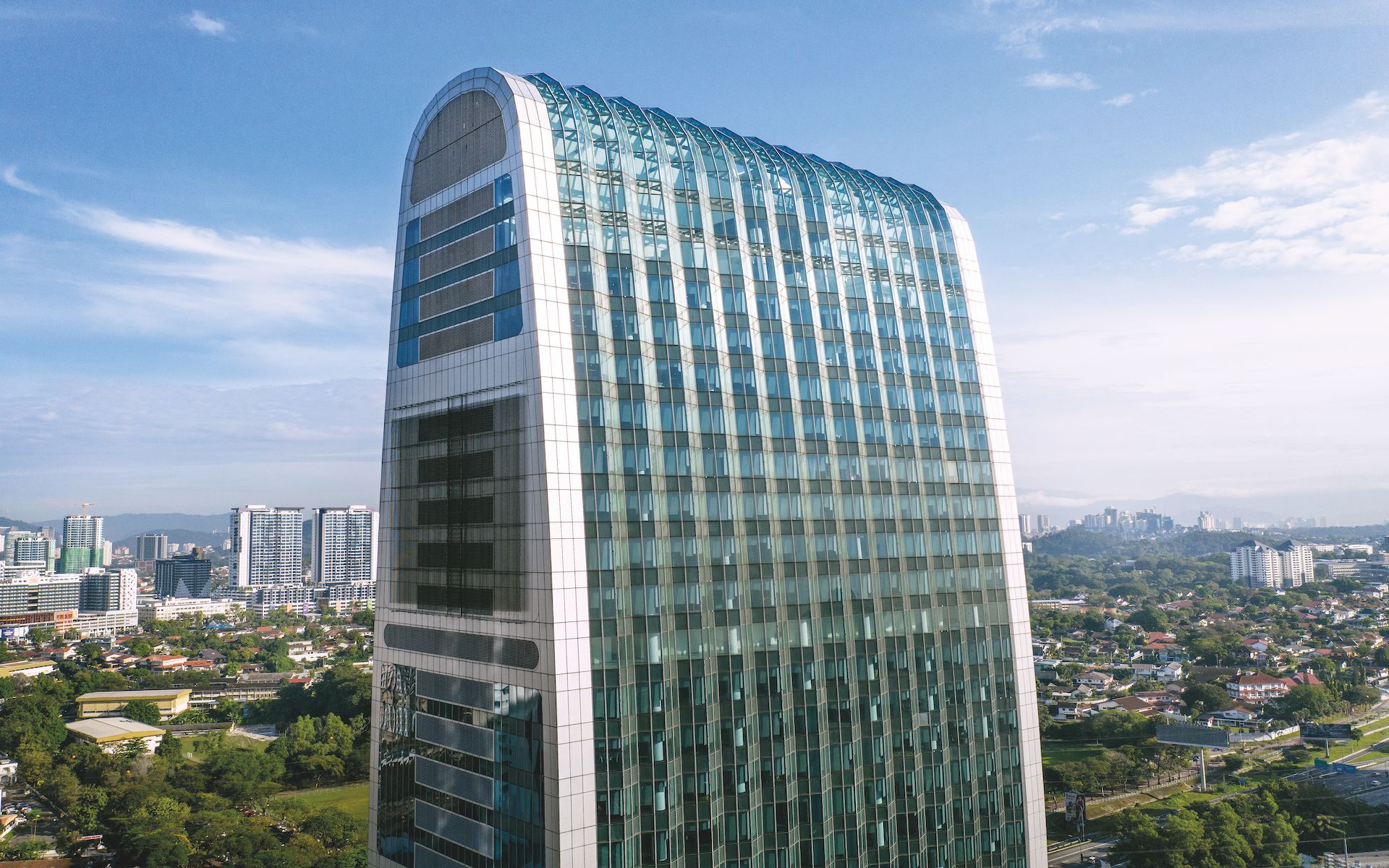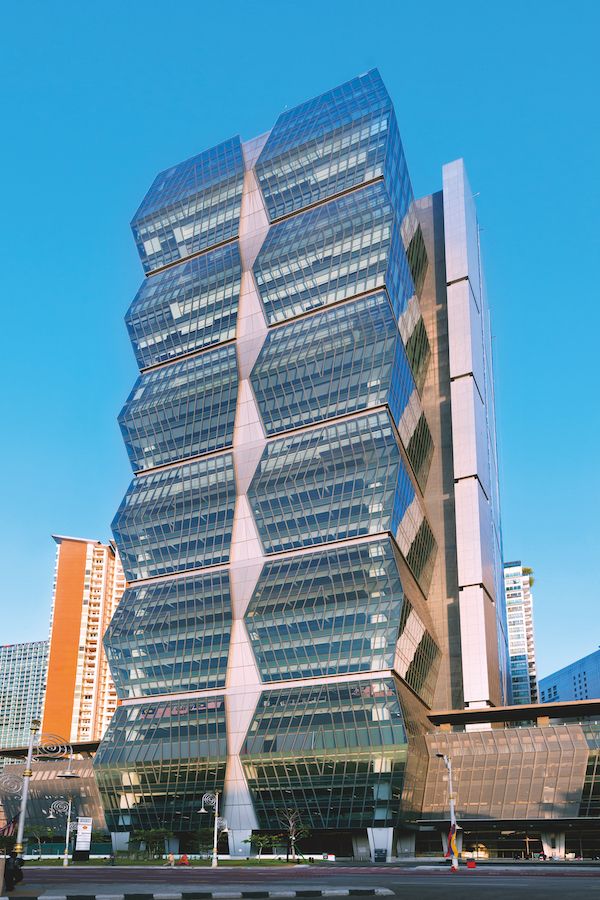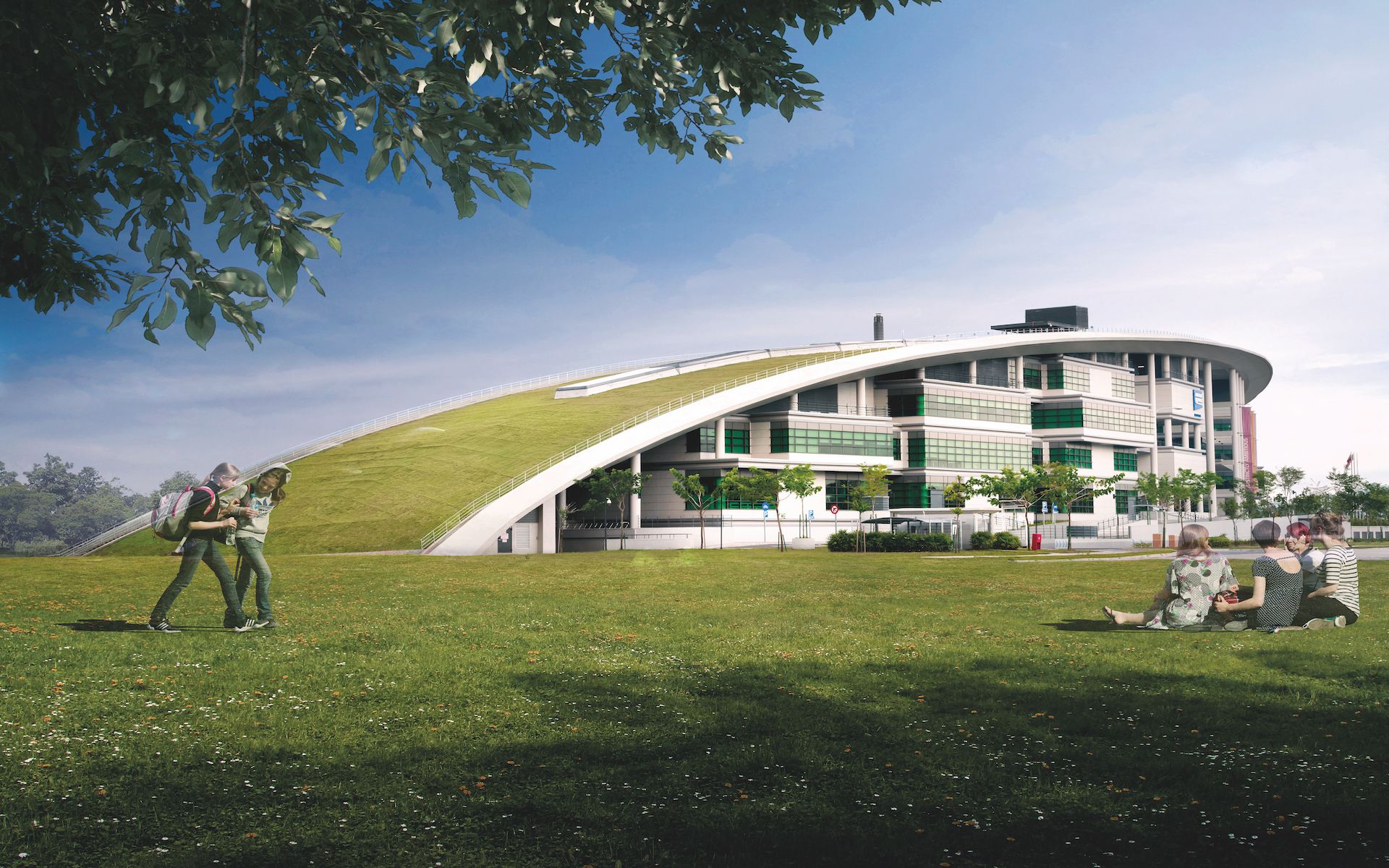Instrumental in shaping Kuala Lumpur’s urbanscape, HIJJAS Architects & Planners is now led by founder Hijjas Kasturi's daughter, Serina. She speaks exclusively to Tatler about the urgency of building sustainably and being adaptable.
If one were to shortlist architectural firms that have shaped Kuala Lumpur’s urban landscape, HIJJAS Architects & Planners (previously Hijjas Kasturi Associates) would be in the top three. Founded in 1977 by Hijjas Kasturi, it responsible for such iconic city landmarks as Menara Tabung Haji, Menara Maybank and Menara Telekom—each encapsulating the spirit of the times it was built.
The architect, whom Habitus referred to as the region’s Harry Seidler, retired a few years ago and the firm is now steered by his daughter, Serina Hijjas and three other directors. At 16, Serina started doing odds jobs at the firm as a means to pick up some pocket money. After receiving her degree in architecture from the Bartlett School of Architecture, and a three-year stint in Foster + Partners, London, she returned to join HIJJAS.

“My father was one of the pioneer architects in the newly formed post-independent Malaysia. When he returned home after graduating in Australia, he was a pioneer in modernism intersecting with cultural identity in his approach to the creation of his buildings. Quite synonymous with the epoch and very bold,” she reminisces.
“My generation pioneered the adoption of sustainability and reinterpretation of cultural identity in the buildings evident in buildings from Telekom Malaysia, the Securities Commission and Sasana Kijang to Menara 4G11, Shell and recently, Celcom Tower. That said, some of the driving ideas of the buildings with strong single form silhouettes, spatially memorable buildings both tall and small, have been consistent in both eras. The buildings that I have been fortunate to design have a finer, more articulate attention to details.”
Either way, for a medium-sized firm to still be consistently creating monumental work for 45 years is an achievement, something Serina attributes to the firm’s openness to change and adaptation.
See also: Sustainable Sunday: Award-Winning Architect Dr Tan Loke Mun Plants His Own Fruit Trees






